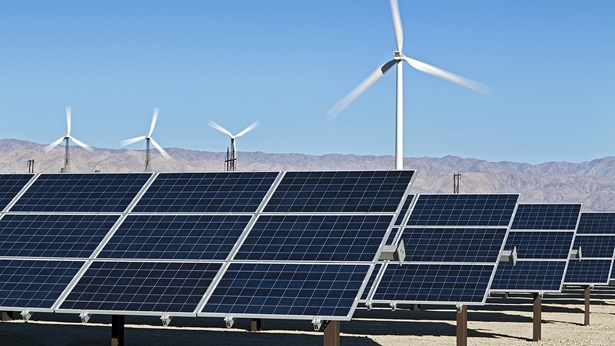Battery Types
There are many different battery chemistries, but the most common types that are used in the residential market with solar photovoltaics (PV) include lithium ion and lead acid.
Lithium ion batteries have higher upfront costs than lead acid batteries, but they have a higher density of energy. In other words, for each unit of space, more energy can be stored. They can also be cycled more often throughout their useful life — one cycle is equivalent to discharging the battery and then re-charging it fully. Higher cycle capacities could lead to a potentially lower lifetime costs, despite a higher upfront price. Many lithium ion batteries have warranties of up to 10 years. Lithium ion batteries are the predominant battery for solar storage.
Lead acid batteries have been around since the 1850s, and rechargeable uses for renewable energy systems are commonly referred to as sealed lead acid batteries. Hydrogen and oxygen gas are released while the battery is charging, with a contained electrolyte fluid that helps regulate the battery’s temperature. In sealed lead acid batteries, gases can escape from the battery through permanent valves; occurs if too much internal pressure develops from overcharging. Lead acid batteries are more tolerant to overcharging than lithium ion batteries and require minimal maintenance, but oftentimes have warranties closer to five years.



